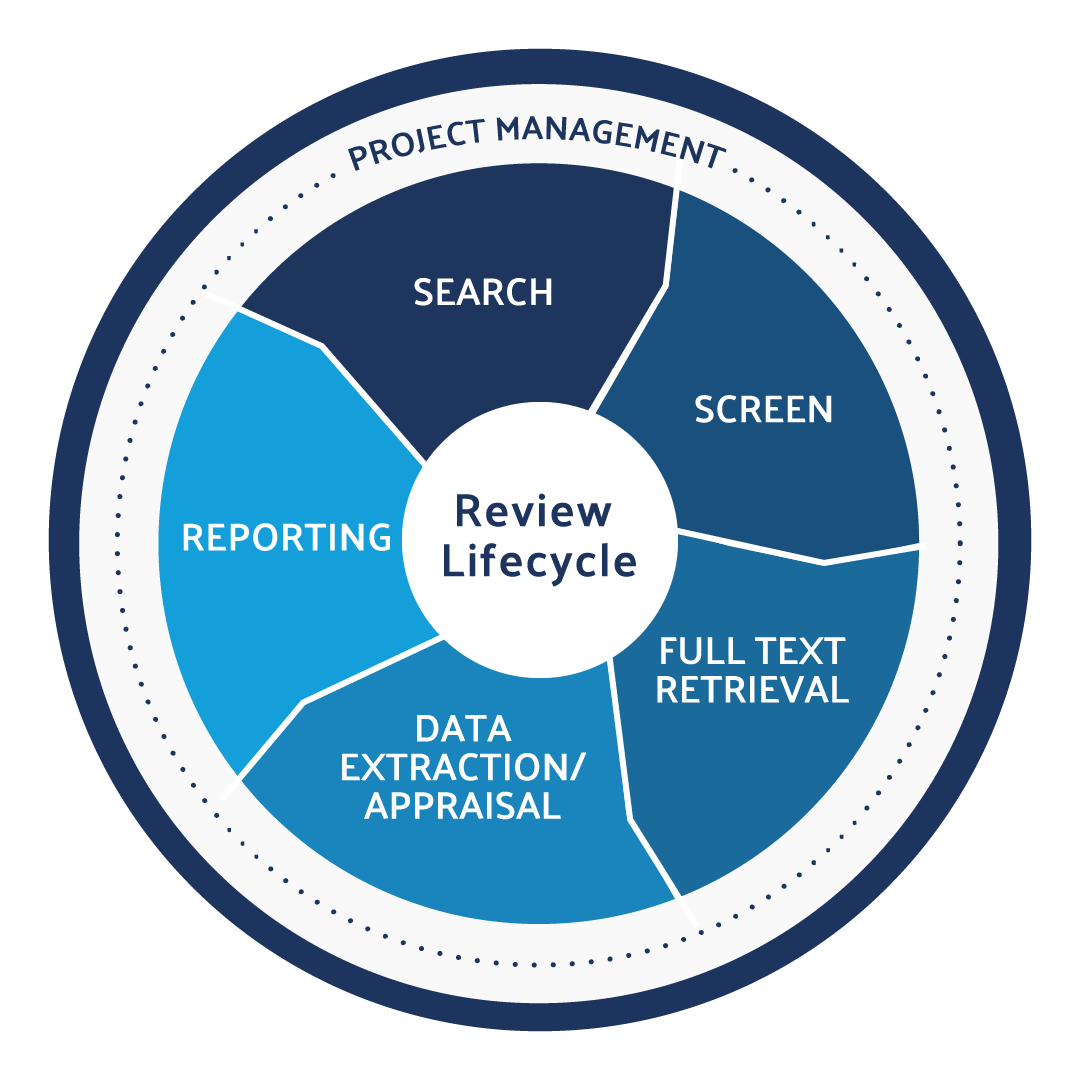What Is a PMCF Plan?


Use DistillerSR to produce CER and PER literature reviews in an efficient, audit-ready, and compliant way.
Due to current public health safety concerns regarding medical devices, different national competent authorities (NCAs) and other health organizations have begun working on enhancing the post-market assessment of risk vs. benefit for medical devices. These products, because of their critical nature in supporting health, must be assessed and evaluated regularly to maintain performance, ensure patient safety, and prevent the risk of harm to users.
What is post-market surveillance for medical devices? This is a series of activities carried out by manufacturers to gather and assess the knowledge gained from medical devices in the market. These actions aim to gather data on device usage to quickly pinpoint any increases in risk with device usage or design, as well as to precisely describe the device’s behavior in real-world settings and the clinical results.
The rules mandate that manufacturers create and maintain a PMS system and regularly assess the performance and safety of their products, including gathering information on adverse incidents and user feedback.
How do you conduct post-marketing surveillance? The U.S. Department of Health and Human Services Food and Drug Administration has issued a document called, “Postmarket Surveillance Under Section 522 of the Federal Food, Drug, and Cosmetic Act.” In Europe, manufacturers must abide by the European Union Medical Device Regulation, although it hasn’t released official EU Post Market Surveillance Guidance.
What Is a Post-Market Clinical Follow-up Plan (PMCF)?
A Post-Market Clinical Follow-up Plan (PMCF) is a technical document that outlines how the product manufacturer will carry out monitoring activities to guarantee a medical device’s performance and safety throughout its lifecycle. The PMCF plan must be included in the technical documentation of the device as it contains pertinent clinical data that conveys the risk-benefit evaluation of device usage. It must be updated every five years and submitted to regulatory agencies like the European Medicines Agency (EMA) and National Competent Authorities of the European Union; the PMCF strategy must also be reviewed as part of recertification.
Simple patient or end-user questionnaires, formal clinical research, and intricate medical device registries that include both clinical and patient feedback data are all examples of PMCF systems. The MDR Annex XV requirements for design, documentation, consent, and data processing, as well as external laws like the GDPR and clinical investigation standards like ISO 14155:2020, must be followed by all clinical research.
Manufacturers are encouraged to create a PMCF Plan that describes a process for gathering Real World Evidence (RWE). This provides information on the actual, unbiased use of the product in the hands of real people during use on real patients. Standard clinical studies provide only a snapshot and typically don’t run long enough to meet the criteria for longitudinal data gathering. These studies are too constrained to satisfy PMCF requirements under the MDR standard. Technical documentation and the PMCF Plan will be subject to regulatory scrutiny by regulatory bodies. This document is quite often a focus of regulatory audits, as it provides regulatory bodies with a metric of how well a manufacturer is complying with MDR standards.
Learn More About DistillerSR
(Article continues below)
What Should Be Included in the PMCF Plan
Here are a few things to consider when building your PMCF Plan:
- Clear identification of the device, including its name, model number, and intended use
- Objectives that the PMCF plan intends to accomplish
- Define the manufacturer’s responsibilities for all stages of the PMCF process, including identifying a team of experts with the relevant skills
- Outline the manufacturer’s existing PMS system and the steps and techniques employed to monitor the device’s performance and safety
- Process for reporting adverse events, user feedback, and the procedures for analyzing and investigating these incidents. No details that could be used to individually identify the patient should be reported
- Description of how the manufacturer will collect data on the device’s performance, including data on its intended use and how often it will be collected. Information on general methods of collecting data, such as gathering clinical data, user feedback, and literature searching
- Data analysis to be employed. Simple qualitative analysis to complex statistical analysis can be used to analyze data
Strategy for conducting clinical follow-up of the device, including the population, the objectives, the design, and the methods of the study - Rationale and justification for the selected techniques and processes
- Description of the risk management strategy that the manufacturer will use to identify and address potential risks associated with the device
- The mechanism for providing feedback to users about the device, including any updates or changes made as a result of the PMS activities
- Procedures are to be followed if there is any statistically significant increase in the frequency or severity of incidents within the observation period
- Estimated timetable for the manufacturer’s PMCF activities
- Evaluation of clinical data from comparable or identical devices, where applicable
- Citation of any harmonized standards utilized to create the PMCF Plan
- Schedule of how often the plan will be reviewed and updated and the procedures for making changes to the plan as necessary
When creating a plan for conducting post-marketing surveillance, it’s crucial to consider all pertinent rules, best practices, industry guidelines and regulations. In particular, General Data and Performance Regulations (GDPR) specify stringent guidelines for handling the clinical data of study participants, and the PMCF Plan should lay out steps to guarantee that these guidelines are followed.








